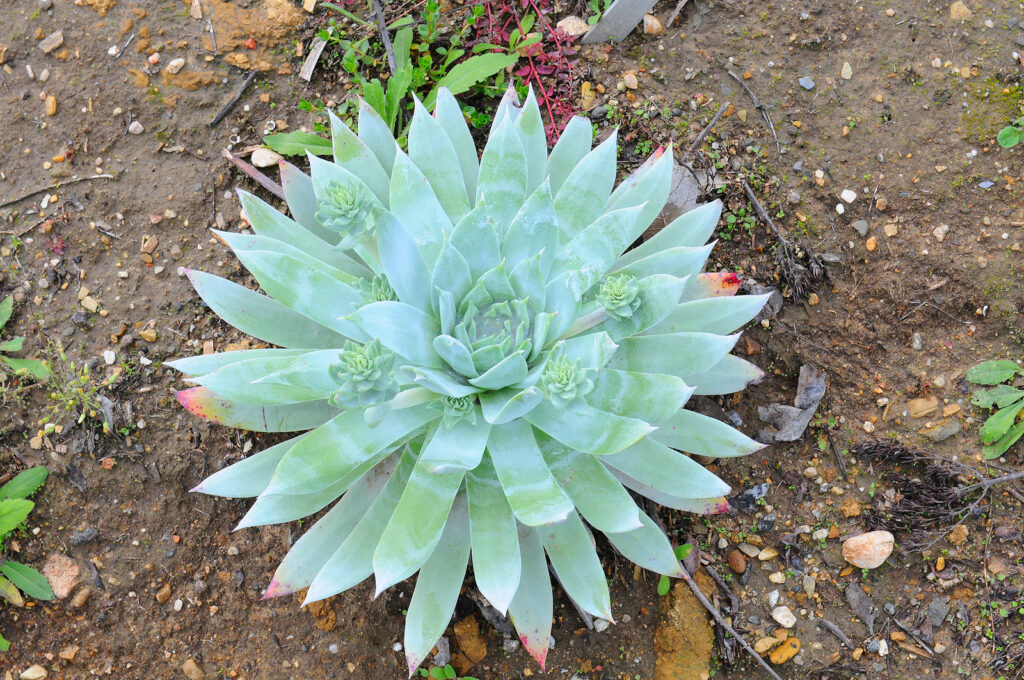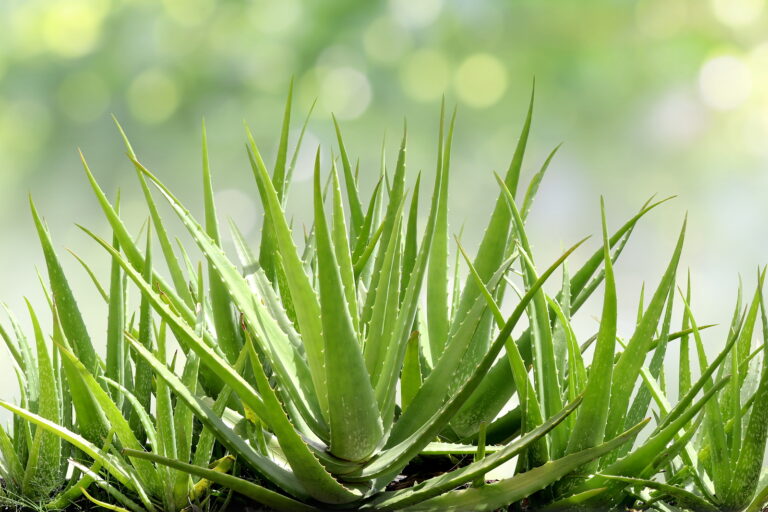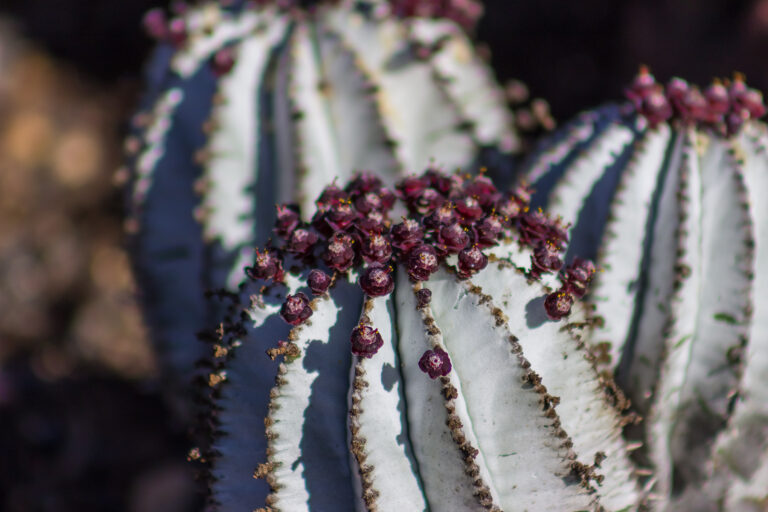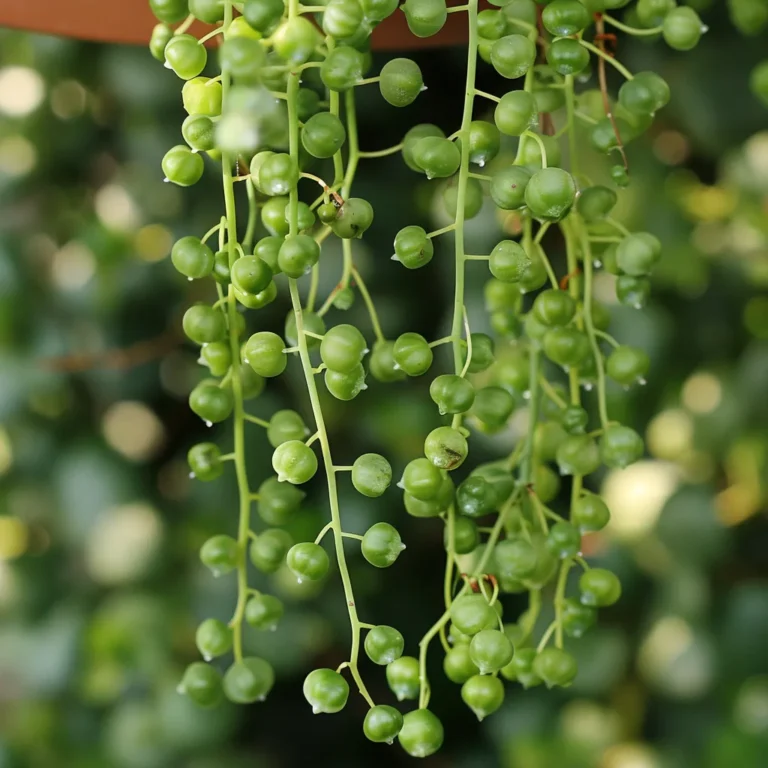How to Grow Dudleya
Dudleya are perennial succulents that form dense rosettes of ovate to linear, fleshy succulent leaves that are covered with a heavy coat of chalky powder. Tubular, bell- or star-shaped, yellow, white, or red panicles grow from the leaf axils in spring or early summer.
Dudleya can be grown outdoors in borders in warmer climates. It can be grown as a houseplant in all regions.
Dudleya is a genus of 40 species. Dudleya are native to the Southwest United States and Mexico.
Get to know Dudleya
- Plant type: Succulent in the Crassula Family
- Hardiness temperature: Winter 35℉ (1.7℃)
- Shape and size: Mostly white-ringed leaves partially encircle the stem in spiral rosettes; some species create mats; grow as tall as 2 feet
- Flowers: Infloreseences pring out of the leaf axils; blossoms are arrned in panicles are yellow, orage, or red
- Bloom time: Spring or early summer
- Common name: Dudleya
- Genus name: Dudleya
- Family name: Crassulaceae
- Origin: Southwest United States and Mexico

Planting Dudleya
- Grow Dudleya in a sunny location; only those without rings can be grown outdoors in summer
- Grows Dudleya in a cactus mix.
- Outdoors grow Dudleya in well-drained, humus-rich soil.
How to water and feed Dudleya
- Water Dudleya moderately. Do not get the leaves wet.
- Apply a cactus-succulent fertilizer monthly during the growth period.
Dudleya care
- Propagate Dudleya by seed or cuttings from spring to summer.
Dudleya species to grow
- Dudleya brittonii. Powdery white, brittle leaves form a single rosette; can reach 2 feet wide; bears pale-yellow blossoms.
- D. farinose. Small clustering habit with pale yellow, summer blooms; inflorensences can reach 14 inches (35cm) tall.







